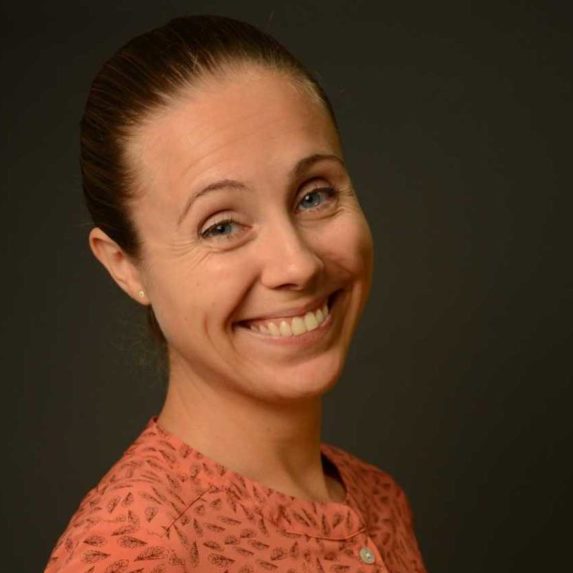
Anastasia Shesterinina
This is a summary of the conceptual framework underlying the Civil War Paths project that was published in European Journal of International Relations; the original publication can be read here.
What accounts for overarching trajectories of civil wars? This article contributes to efforts to grapple with the complexity of civil war by developing an account of civil war as a social process that incorporates dynamics of conflict from pre- to post-war periods, which unfold through evolving interactions between non-state, state, civilian, and external actors involved. These actors form and transform as they relate to one another in the context of conflict. The dynamics that their interactions engender emerge at different points in the conflict, intersect, and shift over time to shape overarching trajectories of civil wars in path-dependent and endogenous ways.
Actor-centred, relational approach
The article adopts an actor-centred and relational (in other words, social) approach to the process of civil war. Drawing on the literature on contentious politics, this approach starts from a non-linear view of civil war, where it is not predefined actors engaging in interactions that set off predictable sequences of events but multidirectional and changing relations that can turn the process in unexpected ways. Drawing on the literature on civil war, the article outlines the dynamics that have been identified as common during pre-war, wartime, and post-war periods to understand the linkages between these dynamics over time.

Civil war dynamics
The dynamics of civil war are evident before the war in the mobilisation and organisation of nascent non-state armed groups. These groups emerge from small cores of dedicated individuals using clandestine methods, broader networks, social movements, and/or splits within the regime. They require civilian support to survive: from recruits, to secrecy, to provision of resources and hiding places. Social ties and identities that link these groups to their internal and external bases of support can form in the pre-war period when collective action is often met with state repression and can escalate to war through radicalisation of actors, militarisation of tactics, and polarisation of societies.
However, not all civil wars escalate from intensifying or widening collective action and state-society interaction—some break out unexpectedly, whereas others follow prolonged periods of low-intensity violence. Moreover, social ties and identities can transform and new ones can develop during the war. One of the linkages between the pre-war and wartime periods, therefore, is the influence that mobilisation and organisation of non-state armed groups and their bases of support have on these groups’ internal structure and their relations with non-state, state, civilian, and external actors.
While pre-war configurations can have such path-dependent effects, civil war trajectories can evolve in endogenous ways as a result of the intersecting dynamics of intra-group socialisation through training, political education, and participation in violence, violence against civilians and institution-building in the areas where non-state armed groups establish territorial control, which civilians respond to in different ways, competition and alliance formation among non-state armed groups, their conflictual and cooperative relationships with various state actors, and external influence.
These dynamics leave long-lasting legacies in the post-war period, but not all post-war outcomes are directly related to civil war and some can be driven by pre-war dynamics, combined wartime and post-war effects, and altogether new dynamics that emerge after the war. Here the focus is on armed actors’ disarmament, demobilisation, and reintegration, including through power-sharing at the top level. Still, belligerents often return to organised violence and new armed actors and violent activities appear. Social ties and identities continue to transform and groups affected by wartime and post-war violence, among others, mobilise alongside international efforts to maintain their activities amidst changing local circumstances where peacebuilding institutions are co-opted by spoilers in and outside of the regime.
As old and new forms of conflict develop in these environments, with former, remaining, and emergent armed groups reconfiguring their relations with other non-state and state actors and continuing to exercise control over civilian populations, the linkages between dynamics across pre-war, wartime, and post-war periods of conflict come to the fore. Tracing these dynamics from pre- to post-war periods can help illuminate central questions in the study of civil war, namely, how armed conflict originates in different ways and how these origins condition the progression of civil wars and impact war-to-peace transitions together with wartime and post-war developments.

Civil war process
Because wartime dynamics are intricately related to pre-war and post-war periods, scholarship on civil war should move further toward a processual view of civil war. My approach to civil war as a social process connecting these dynamics through evolving interactions between internal and external actors involved invites scholars to focus on how actors form and transform as they relate to one another in order to trace dynamics from pre- to post-war periods of conflict and on continuities and discontinuities in the dynamics that their interactions generate in order to grasp overarching trajectories of civil wars.
Developing grounded knowledge on these actors’ own perceptions of their reality through close, ethical engagement with primary and secondary materials in single and comparative case studies of civil war is the methodological foundation of this approach. Guided by this approach, the research team of the Civil War Paths project is conducting immersive fieldwork in cases of civil war characterised by different organisational histories of non-state armed groups to understand whether and how armed groups’ organisational origins condition relations between non-state, state, civilian, and external actors in path-dependent ways and how endogenous dynamics transform these actors, changing the course of civil wars in which they participate.